In 1917, eight female directors made films for Universal Studios. In 2017, the same studio produced just one film directed by a woman – Pitch Perfect 3. So what happened? In her new book, Women vs Hollywood: The Fall and Rise of Women in Film, Empire magazine writer Helen O'Hara explores the changing role of women in the Hollywood system, from the earliest days of cinema to the 21st century. It's less a straightforward history and more a look at how women have worked and continue to work with and against the structural forces stacked against them.
The decline in women behind the scenes since the earliest days of cinema was what struck O’Hara most strongly when researching her book. “It was the sheer fact of the numbers historically,” she says. “I know there are only a tiny number of female film directors nowadays, but I didn’t know quite how many women were working in various roles in the very early days. I didn’t know how important and how lauded some of them were in their time and how bad it got later.”
In the 1910s, women directed 170 films at Universal alone. The Women Film Pioneers Project at Columbia University has confirmed there were at least 121 female directors working in Hollywood in the early 20th century. By the 1940s, however, things had changed. "If you look [at] the number of films made by women between '45 and '75 there were 14 films out of [over] 7,000," says O'Hara. "I knew it was bad but for some reason that really got to me."
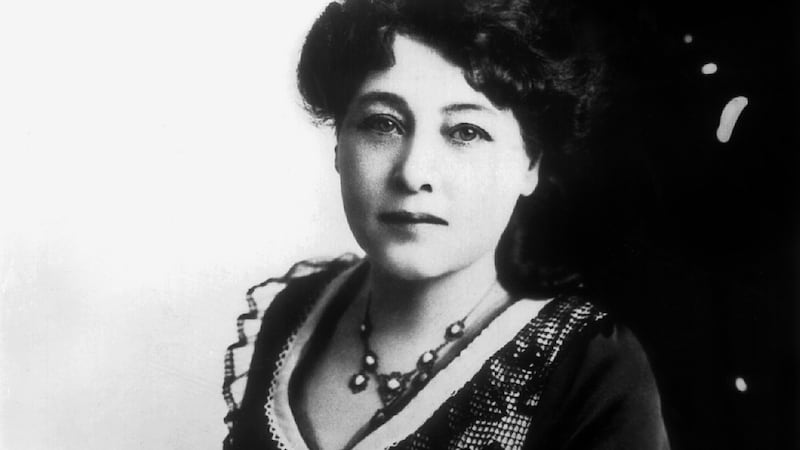
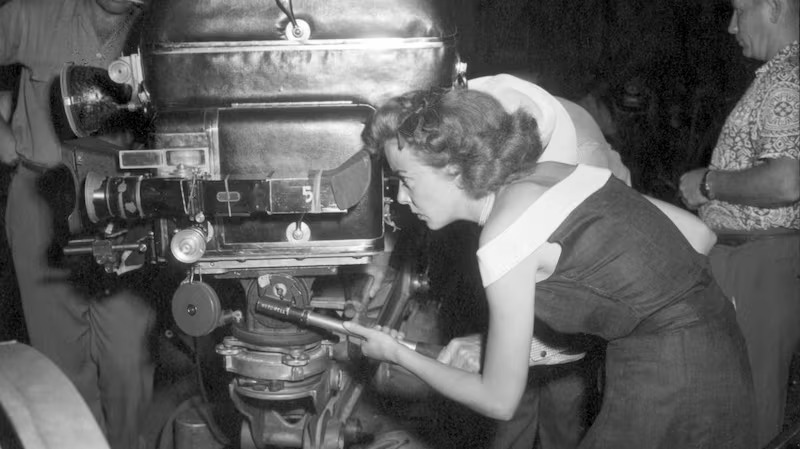
This post-war period also saw the decline of the "woman's picture", in which female stars had been box office draws and women's stories were the focus of mainstream films. "When you look at the roles Bette Davis and Joan Crawford played and the way films were built around them and how much power they had over their roles as they got established in their careers," says O'Hara. "That's beginning to happen again now, maybe, but it hasn't for a long time and what I tried to explore in the book is that idea that when movie brats and the New Hollywood appeared and came up with these incredible new films and ways of doing things, Hollywood accepted that as the only way and didn't keep pushing and experimenting."
O’Hara also writes about how the auteur theory that developed in the mid-20th century, with its focus on film as the creation of one great, usually male, artist, contributed to the exclusion of female creatives who worked on everything from scripts to editing to costumes.
“I don’t want to blame the theorists – it’s not the fact that theory exists but the fact that it ties in with what people are inclined to believe,” she says. “There was this insecurity about whether film was an art form and so there is this tendency to see one person as the artist because it bolsters your claim to be art. There was a search for who that would be, who made sense to be the artist and increase the chance for film to be taken seriously.”
As O’Hara says, this was a noble goal. “But the problem is that if you only allow one sort of person to be an auteur, in fact if not theory, you’re limiting the art and whose stories are going to get told.” And, as O’Hara reminds us, a diversity of creative voices not only means that more people can see themselves reflected on screen, it also means better art. “We’re seeing this over and again as the doors are beginning to be cracked open,” she says.
O’Hara points out that even when film-makers from marginalised groups create work in a well-known genre, “it is a different story because a black or disabled or trans person is going to have different experience. So, even if it’s a familiar story or situation, it will feel different and have a different effect on the audience – and that can be a real strength.”
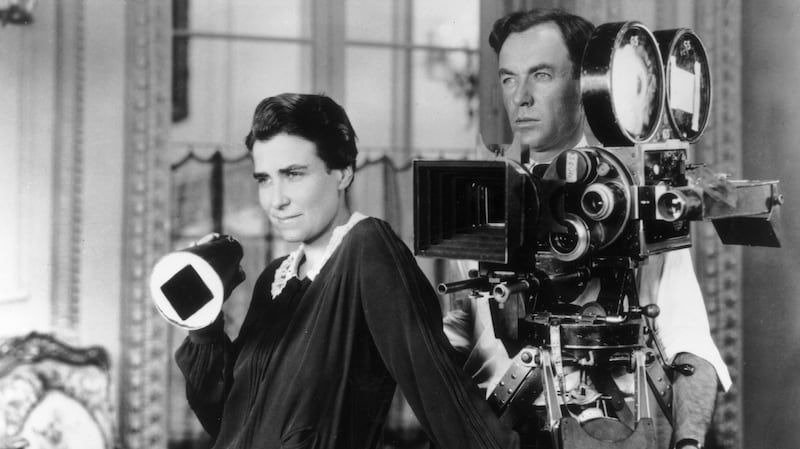
There can, however, be more pressure on these film-makers. Not only is their work more likely to be viewed as a commercial risk, but they are also more likely to experience studio interference. And once the film is out there, the expectations are high.
“Historically if you only have a tiny number of non-conventional [protagonists and directors], then every one of them has to knock it out of the park or that whole identity is treated as suspect and a box office risk,” says O’Hara, who points out that this doesn’t happen with films by and about white straight men. “But if there are enough of them, then that doesn’t happen so much, and that’s what we’re beginning to see with female directors. The test isn’t whether a great female film-maker can succeed. The test is whether a pretty good female film-maker can have a pretty good career, like the men can.”
The book stresses that if white cisgender women have had a hard time, other women have faced even more challenges. “I’m a white woman and the last thing I wanted to do is write a ‘white feminism’ book,” she says. “It does tend to leave everyone else behind. The challenge you face in writing about Hollywood is that the women who succeeded enough to get names in history books are mostly the white women, because they didn’t have to compete with structural racism.”
O'Hara made an effort to seek out women who would have had bigger careers if not for racism – women like Nina Mae McKinney, Dorothy Dandridge, Lena Horne. "They were stars who would 100 per cent have been megastars on a whole other level, as well known as Greta Garbo and Joan Crawford or Bette Davis. They were on that level [of talent] but they couldn't get the roles because they didn't exist for black women."
Asian and Latina women were also sidelined and stereotyped in Hollywood, and women of all backgrounds saw their careers derailed because of their sexuality or gender identity. “It runs through Hollywood history, so I was really conscious of trying to see the gaps in the story, to see who wasn’t there.”
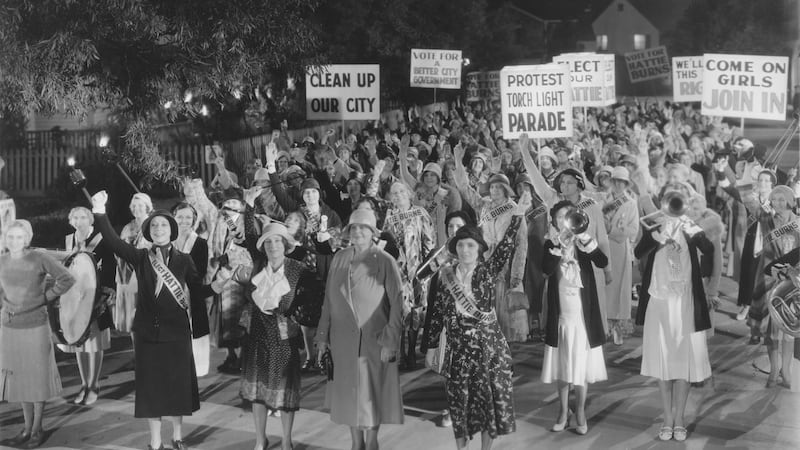
One of the most frustrating things that O’Hara explores in her book is the fact that female-focused stories that perform well at the box office are repeatedly seen as flukes rather than proof that audiences want films about women.
"I kept seeing it over and over again. Every summer they would write these stories like these films were sleeper hits – Eat Pray Love was a sleeper hit, and The Devil Wears Prada and Mamma Mia. How are they still surprised by this, year after year? There's this tendency to particularise each one and say, well, that did well but it doesn't mean the next [film about women] will do well. That's true of everything in Hollywood, but you still have to try."
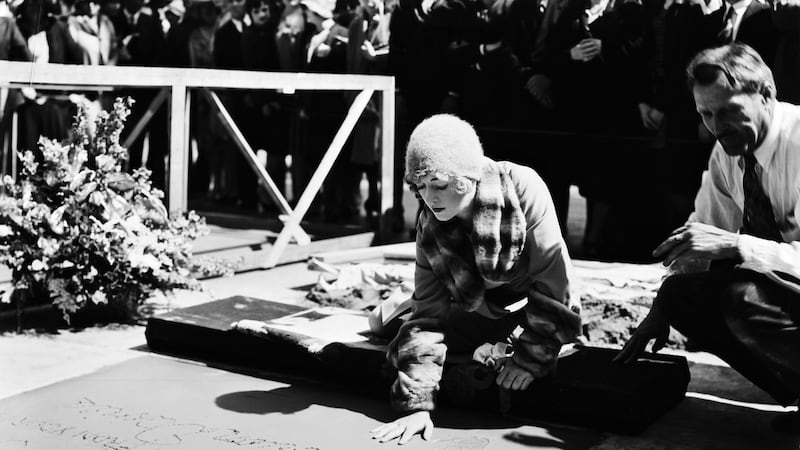
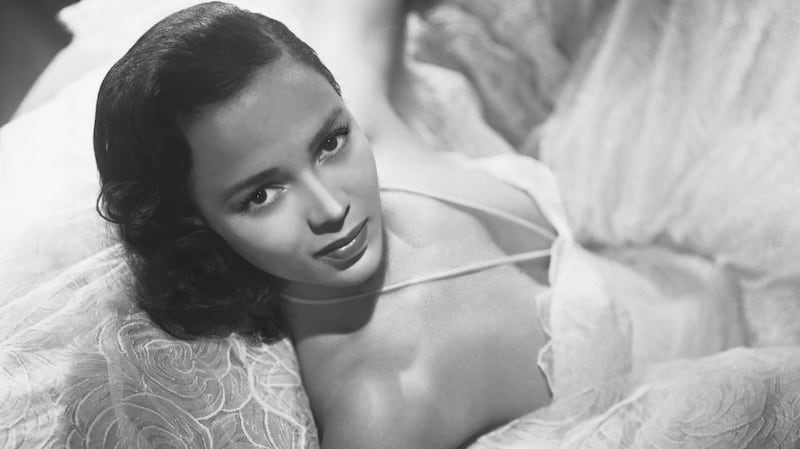
One of the most genuinely shocking things that O'Hara highlights in the book is the massive gap between the releases of first and second films by many female directors. "And these are the successful female directors, the ones who won awards, who had box office success." To give but one example, Patty Jenkins had to wait well over a decade after her debut film Monster – which won an Oscar for Charlize Theron – before making her second feature, the hugely successful Wonder Woman.
"That's the real imbalance," says O'Hara. "[These women are] not getting swept up at Sundance and offered big blockbusters. Maybe they get a meeting and asked what they want to do next and they give their auteurist pitch [but then nothing happens for ages]. After The Babadook, which was an extraordinary film, Jennifer Kent was offered horror movies and franchise movies but she wanted to make [historical drama] The Nightingale and it took five years. And that's a low budget movie. I don't believe a man in that position would have struggled as much to make that second movie."
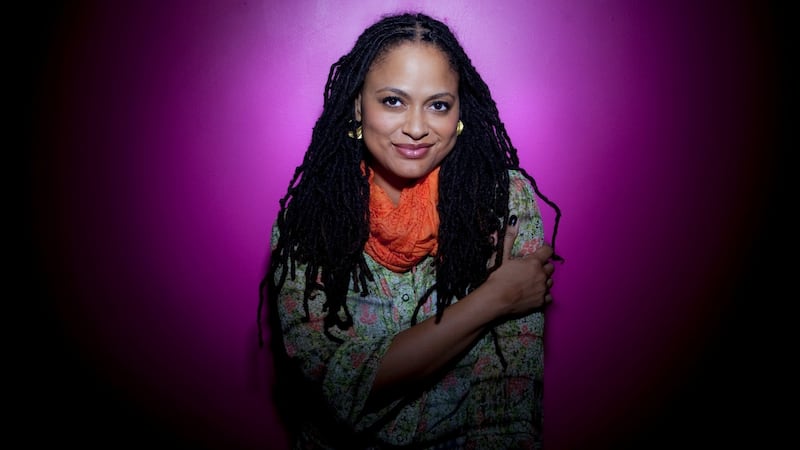
O'Hara is optimistic about the future, however. She points out that the public are much more conscious of the gender gap, and the lack of diverse casts on screen. The Cannes festival has been rightly criticised for its lack of female representation over the decades, but many film festivals, including the Dublin International Film Festival, are making a conscious effort to highlight the work of female film-makers.
O’Hara believes one of the most significant shifts is the increased vocal solidarity among women in Hollywood, something she believes was greatly bolstered by the #MeToo movement there. “MeToo really made women in Hollywood who knew each other casually and not at all get on the phone and talk honestly about this stuff,” she says. ‘That’s the biggest change – women are really pushing for each other and not seeing it as zero sum game anymore.”
She points to Reese Witherspoon, whose production company focuses on creating female-led projects with great success, and Ava DuVernay, who is amplifying the work of women directors and creators of colour through the film collective Array, as examples of Hollywood power players who are extending opportunities to others... “The attitude was cultivated for decades that if she gets a role, that’s one less for you. And now [women in Hollywood] are finally saying that if we create roles for all of us, we all win.”
Women vs Hollywood: The Fall and Rise of Women in Film by Helen O’Hara is out now (Robinson, £18.99)












